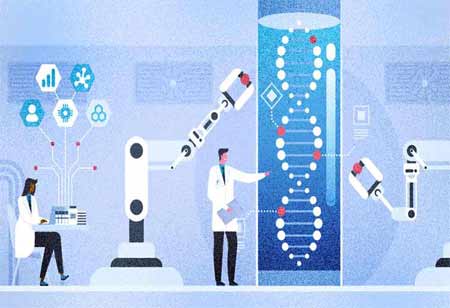Thank you for Subscribing to Healthcare Business Review Weekly Brief
Revolutionizing Healthcare with Digital Pathology

Be first to read the latest tech news, Industry Leader's Insights, and CIO interviews of medium and large enterprises exclusively from Healthcare Business Review
Thank you for Subscribing to Healthcare Business Review Weekly Brief

By
Healthcare Business Review | Friday, April 19, 2024
Stay ahead of the industry with exclusive feature stories on the top companies, expert insights and the latest news delivered straight to your inbox. Subscribe today.
Recent advancements in the domain have significantly enhanced diagnostic accuracy, efficiency, and accessibility, revolutionizing healthcare delivery worldwide.
FREMONT, CA: Digital pathology, an innovative field at the intersection of medicine and technology, is transforming how we diagnose and treat diseases. The most notable advance in digital pathology is the widespread adoption of whole-slide imaging (WSI) technology. WSI enables the digitization of entire histological slides, allowing pathologists to view high-resolution images of tissue samples on computer screens. The technology eliminates the need for traditional glass slides and enables remote access to pathology images, facilitating telepathology consultations and enhancing collaboration among healthcare professionals.
ML algorithms can analyze vast amounts of histopathological data with unprecedented speed and accuracy, assisting pathologists in detecting abnormalities, predicting patient outcomes, and guiding treatment decisions. AI-driven image analysis tools are being integrated into digital pathology platforms, empowering pathologists to make more informed diagnoses and personalized treatment plans. Another significant advancement in digital pathology is the development of image analysis algorithms for biomarker quantification. Digital pathology streamlines the diagnostic process and enhances the precision of personalized medicine approaches.
The algorithms can accurately measure the expression levels of specific biomarkers in tissue samples, providing valuable insights into disease progression and guiding the selection of targeted therapies.



